New York City, a renowned global culture hub, is a city that never fails to captivate art enthusiasts! The Tribeca area serves as a testament to the city’s artistic reputation. Only a short 15-minute walk from the University campus, the Tribeca area possesses a treasure trove of incredible art galleries. Nestled along adjacent streets such as Walker St., Cortland Alley, Crosby St., White St. and Church St., these galleries are not only super accessible but also a delightful invitation to the world of art. They are very welcoming, and the best part – they are all free! It’s a creative journey waiting to be explored.
Let’s embark on a tour through these art gallery gems, where every corner offers a unique experience.
As you stroll along Walker Street, you’ll find a blend of contemporary galleries. Starting off with Andrew Kreps Gallery, a contemporary art gallery, spanning two levels, and hosting over ten exhibitions featuring artists from around the world. Currently, Andrew Kreps Gallery is presenting “Post Atlantic,” until Oct. 28., featuring the Oakland-based artist Dewey Crumpler. In his work, Crumpler explores how global systems alter meaning and carry the legacy of racial violence. The artist also delves into symbols of colonization, commerce and exploitation.
Moving onto Cortland Alley, the gallery Artists Space is hosting “his beard is soft, my hands are empty,” by Jonathan Lyndon Chase until Dec 2. Presenting a reimagined world, blending elements of barbershops and living rooms, it explores the experiences of Black Queers and everyday intimacy. The artist uses vibrant paintings, soft sculptures made from bedsheets and clothing to create a sense of vulnerability. The exhibition features new and existing works, including paintings, drawings, and sculptures resembling hair clippers, hair grease jars and durags, all serving as canvases for affectionate scenes and pleasurable moments of friends and lovers.
The Nino Mier Gallery is introducing “Nocturne,” a new exhibition featuring the artwork of Brooklyn-based artist Marin Majic. This exhibit is an absolute must-see from the list, and will be on display until Oct. 21. In “Nocturne,” Majic explores the interplay between human figures and the natural world. His paintings depict dimly lit subjects caught between the vast cosmic space above and intricate landscapes below. In some of the works, figures are emerging within the landscapes, as if they were born from the stars, fireflies, and reflective waters. Majic’s focus is on setting a mood rather than providing specific geographic details, creating a sense of hazy wilderness illuminated by small pockets of light, creating a mystifying experience.
1969 Gallery in showcasing Kate Meissner’s debut solo exhibition, “Chromasome,” until Oct. 21. This collection explores human subjects in ambiguous ways within vivid, tightly lit spaces. The figures contort and pose, eliciting both pleasure and pain. Meissner’s paintings depict a diverse range of characters: idealized feminine forms, individuals with prosthetic limbs, and nearly alien-like beings that are characterized by a sense of artificial, computer-enhanced perfection. Meissner is intrigued by the overlap of erotic curiosity, and she portrays these figures in lavish yet clinical spaces such as VIP rooms, hospitals, and theaters, where the act of being observed has powerful psychological effects.
Another must-see was “Matching Mother/Daughter Tattoos,” hosted by Margot Samel Gallery on Church Street. This is a joint exhibition featuring artists France-Lise McGurn and Rita McGurn, and the works explore the complexities of familial relationships. The artists, mother and daughter, are connected by matching black star tattoos, which symbolize the interplay between belonging and autonomy. Rita’s daughter, France-Lise, grew up surrounded by her mother’s artworks, which influenced her own passion for painting. After her mother’s passing in 2015, France-Lise became the curator of the work in the exhibit. The two artists’ practices differ aesthetically. Rita’s work contrasted with France-Lise’s work; however, the shared premise is about breaking free from the usual rules and boundaries of creativity, and instead, showing the excitement and energy of life.
Lastly, you can visit Bortolami Gallery, which is currently presenting Rebeca Morris’ installations. Her paintings have unique organic shapes with jagged edges, resembling imagery reminiscent of maps or aerial landscapes. To achieve this, Morris delicately thins oil paints to a watercolor-like consistency, and carefully applies them from above. To avoid drips, she places large canvases flat on the ground and, for precision, she moves over them on rolling scaffolding to control the colors.
Whether you’re drawn to contemporary art, photography, historical narratives or innovative design, the Tribeca area provides a wealth of artistic experiences. The art world of New York City is so vast and accessible, if you have time, we encourage you to check these streets out and discover the hidden world of NYC’s art galleries.

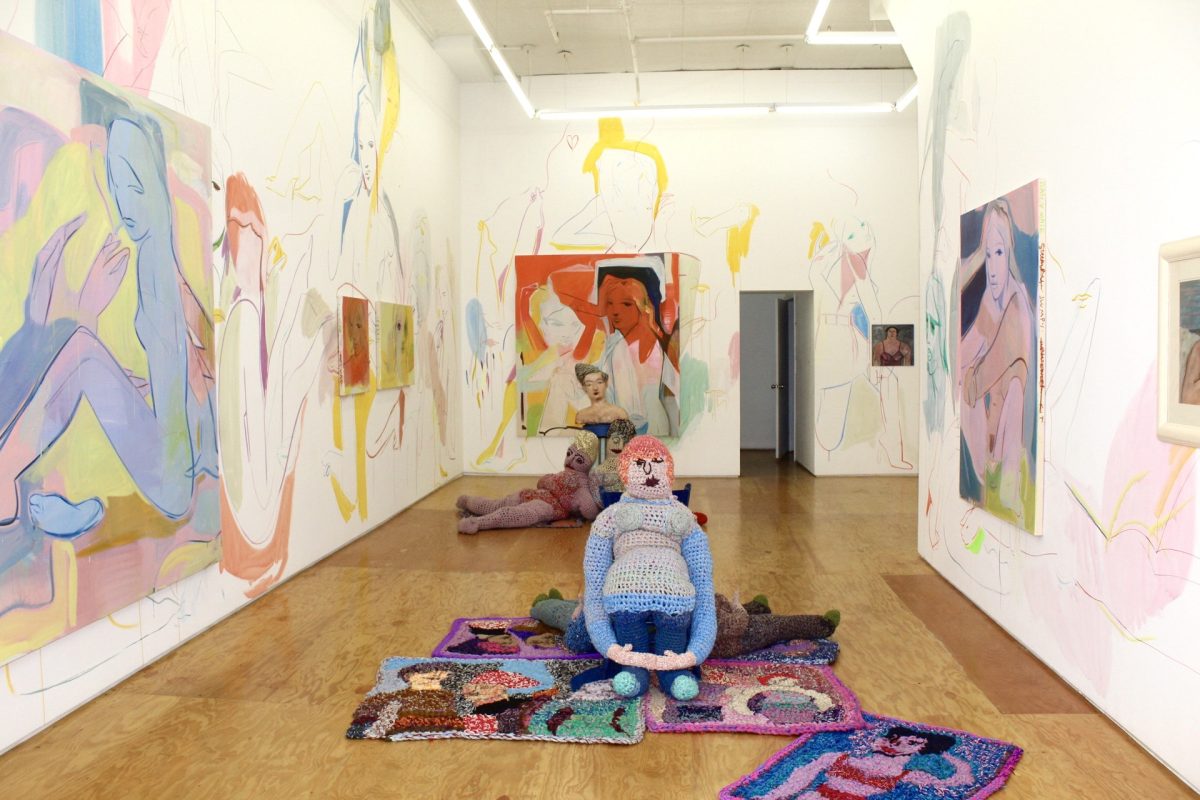
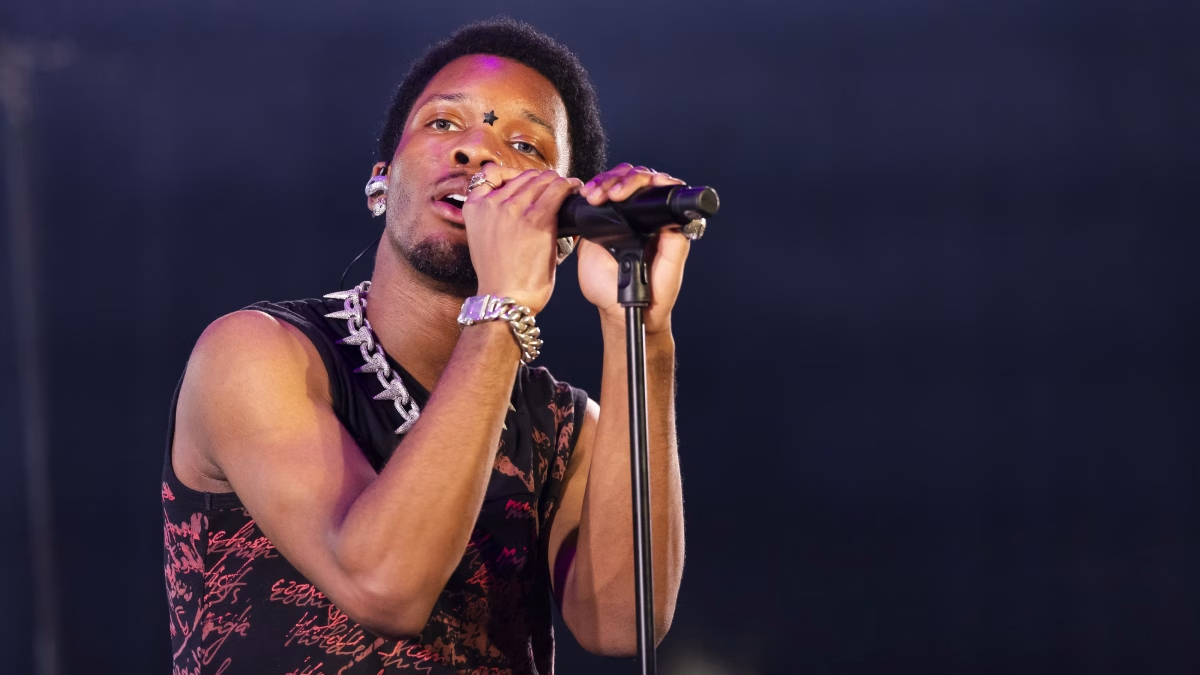
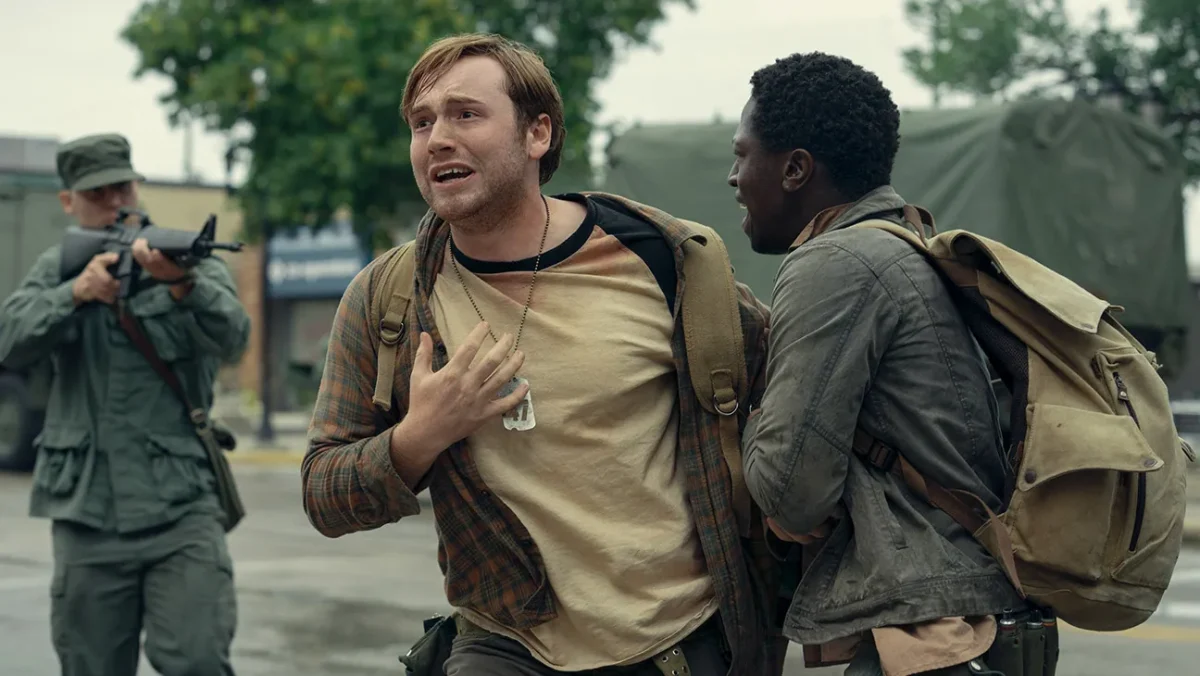

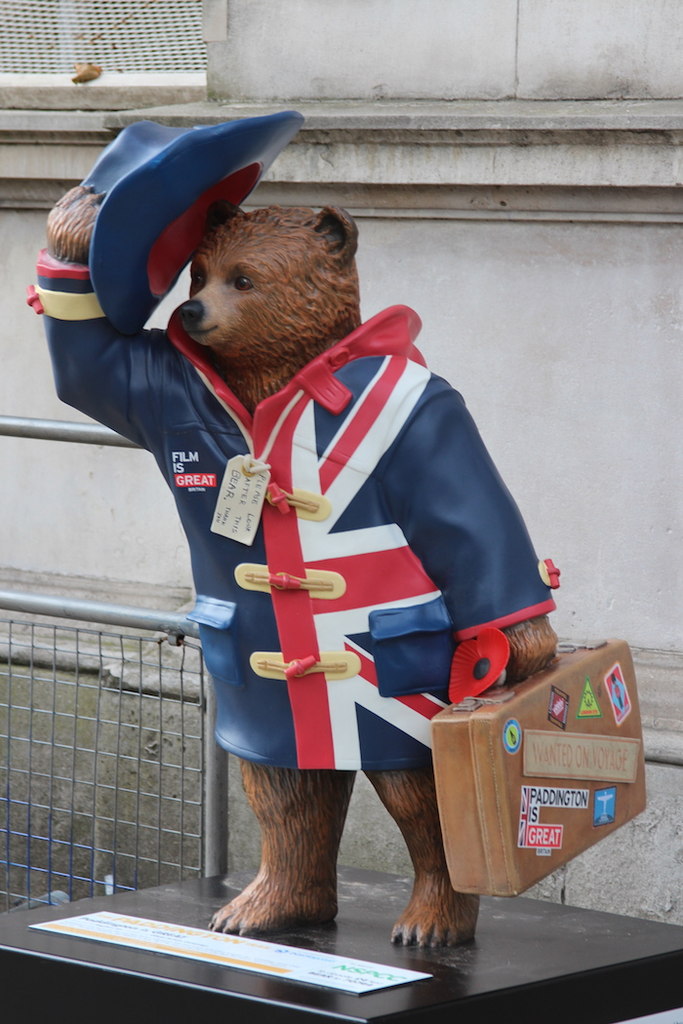
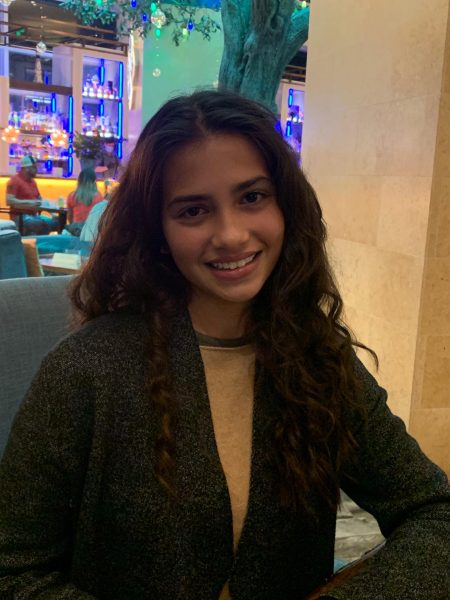
Pavel • Oct 23, 2023 at 9:46 pm
great work!